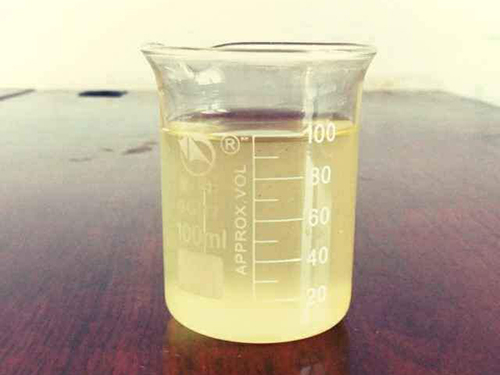flocculant chemicals for water treatment
Flocculant Chemicals for Water Treatment An Essential Guide
Water treatment is a critical process that ensures the safety and quality of water for consumption, industrial use, and environmental sustainability. Among the various chemicals used in this process, flocculants play a vital role in enhancing the clarification of water by aggregating fine suspended particles into larger flocs, which can then be easily removed. This article delves into the types, functions, and benefits of flocculant chemicals in water treatment.
What Are Flocculants?
Flocculants are chemical substances that promote the clumping or agglomeration of particles in water, making it easier to separate solids from liquids. These substances can be natural or synthetic and are typically categorised based on their charge anionic, cationic, and non-ionic. The choice of flocculant depends on the characteristics of the wastewater being treated as well as the desired outcome of the treatment process.
1. Anionic Flocculants These carry a negative charge and are often used to treat alkaline waters with a high concentration of suspended solids. They are effective for coagulating organic solids and are commonly used in the paper and pulp industry. 2. Cationic Flocculants Carrying a positive charge, cationic flocculants are suitable for acidic environments and are effective in binding negatively charged particles. They are widely used in the treatment of municipal and industrial wastewater, especially in industries such as textiles and food processing.
3. Non-ionic Flocculants With no electrical charge, non-ionic flocculants are effective in a range of water qualities and are often used when specific ion interactions are not desired. They are compatible with both anionic and cationic flocculants.
How Do Flocculants Work?
The flocculation process involves several key steps. When flocculants are introduced into the water, they interact with suspended particles, neutralising their charges. This neutralisation reduces the electrostatic repulsion that keeps the particles apart, allowing them to come together. As these smaller particles aggregate, they form larger flocs that can be easily removed through processes like sedimentation or filtration.
This process is often coupled with coagulation, where coagulants (typically metal salts like alum or ferric chloride) are added to destabilise the particles before flocculants are introduced. The combination of these steps significantly improves the efficiency of solid-liquid separation.
flocculant chemicals for water treatment

Benefits of Using Flocculants
1. Improved Water Quality By efficiently removing turbidity and other contaminants, flocculants help produce clearer and cleaner water, which is essential for both drinking and industrial processes.
2. Cost-Effectiveness Flocculants can reduce the need for extensive mechanical processes, lowering operational costs associated with energy and equipment maintenance.
3. Environmental Protection Effective use of flocculants leads to better compliance with environmental regulations by ensuring that wastewater discharges meet required standards. This minimizes the impact on local water bodies and ecosystems.
4. Adaptability With advancements in chemical formulations, modern flocculants can be tailored to meet the specific needs of different industries and water treatment scenarios, providing flexible solutions to a variety of water quality challenges.
5. Increased Efficiency The use of flocculants accelerates the sedimentation process, significantly reducing the time required for solid-liquid separation and improving the overall efficiency of water treatment operations.
Conclusion
Flocculant chemicals are indispensable in the field of water treatment, providing effective solutions for the aggregation and removal of suspended particles. Their ability to enhance water clarity not only ensures compliance with health and environmental standards but also plays a vital role in the sustainability of water resources. As the demand for clean water continues to rise, the development and application of innovative flocculants will be crucial in addressing the challenges faced in water treatment processes around the world. With the right choice of flocculant and proper application, facilities can achieve significant improvements in water quality, contributing to public health and environmental conservation.
-
lk-319-special-scale-and-corrosion-inhibitor-for-steel-plants-advanced-solutions-for-industrial-water-systemsNewsAug.22,2025
-
flocculant-water-treatment-essential-chemical-solutions-for-purification-processesNewsAug.22,2025
-
isothiazolinones-versatile-microbial-control-agents-for-industrial-and-consumer-applicationsNewsAug.22,2025
-
scale-inhibitor-key-solutions-for-water-system-scale-preventionNewsAug.22,2025
-
organophosphonates-versatile-scale-inhibitors-for-industrial-water-systemsNewsAug.22,2025
-
scale-and-corrosion-inhibitor-essential-chemical-solutions-for-water-system-maintenanceNewsAug.22,2025





